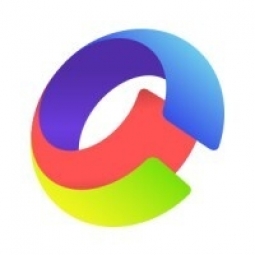公司规模
Large Corporate
地区
- Europe
- Asia
国家
- France
- China
产品
- China Acceleration
- Content Acceleration
技术栈
- Content Delivery Network
- Web Acceleration
实施规模
- Enterprise-wide Deployment
影响指标
- Brand Awareness
- Customer Satisfaction
技术
- 网络与连接 - 网络管理和分析软件
适用行业
- 建筑与基础设施
- 运输
适用功能
- 销售与市场营销
服务
- 云规划/设计/实施服务
关于客户
AREP, a global subsidiary of French railway operator SNCF, was created to design and build railway stations. Today it has leveraged that expertise to develop modern spaces for all types of areas where people meet, linger, or pass through. AREP’s expertise spans all aspects of urban architecture, including buildings, street furniture, signage, waiting areas, and more. Its experts work on engineering and construction projects for railway stations, public spaces and other hubs, offices, hotels, housing, shopping centres, and technical facilities. The firm has established itself as a key player in the transformation of modern cities. Building on its success at home, the company recently began expanding into China, the Middle East, and Russia. It translated its website from French into Chinese and Russian; customers in the Middle East use its English version.
挑战
AREP, a subsidiary of France’s national railway operator SNCF, is an engineering firm involved in all aspects of modern urban architecture. It was founded in 1997 by two architects and engineers, Jean-Marie Duthilleul and Etienne Tricaud, to design urban spaces for not only large metropolitan areas, but also individual districts, neighbourhoods, and streets. The company is known for its skills in designing multimodal railway stations offering a wide array of mobility services for busy travellers. Building these types of structures in dense urban areas requires overcoming major technical challenges while respecting the constraints of what are often heritage sites. Today AREP leverages that know-how to develop effective solutions for other types of urban spaces. With 700 employees from over 30 different countries, AREP’s experts include architects, urban planners, designers, engineers, economists, programmers, project managers, and more. Its engineering and construction projects range from multimodal hubs, railway stations, and other public areas to offices, hotels, housing, shopping centres, and technical facilities.
解决方案
After considering several options, AREP and 404.fr decided it would be easiest to accelerate a static website, with neither a server script nor a database, directly in China. CDNetworks then developed a customised solution with a website hosted in France and accelerated in Russia, China, the Middle East, and the rest of the world. Each of the four versions – French, English, Russian, and Chinese – was given its own domain name. Under this system, the content delivery network queries the server in France from points of presence located around the world, so that content is brought as close as possible to users no matter where they are. This arrangement, with the website centralised in France, also has the advantage of allowing AREP’s France-based Communications Department to keep close control of all the company’s content, especially since the system limits the number of people involved.
运营影响

Case Study missing?
Start adding your own!
Register with your work email and create a new case study profile for your business.
相关案例.

Case Study
IoT System for Tunnel Construction
The Zenitaka Corporation ('Zenitaka') has two major business areas: its architectural business focuses on structures such as government buildings, office buildings, and commercial facilities, while its civil engineering business is targeted at structures such as tunnels, bridges and dams. Within these areas, there presented two issues that have always persisted in regard to the construction of mountain tunnels. These issues are 'improving safety" and "reducing energy consumption". Mountain tunnels construction requires a massive amount of electricity. This is because there are many kinds of electrical equipment being used day and night, including construction machinery, construction lighting, and ventilating fan. Despite this, the amount of power consumption is generally not tightly managed. In many cases, the exact amount of power consumption is only ascertained when the bill from the power company becomes available. Sometimes, corporations install demand-monitoring equipment to help curb the maximum power demanded. However, even in these cases, the devices only allow the total volume of power consumption to be ascertained, or they may issue warnings to prevent the contracted volume of power from being exceeded. In order to tackle the issue of reducing power consumption, it was first necessary to obtain an accurate breakdown of how much power was being used in each particular area. In other words, we needed to be able to visualize the amount of power being consumed. Safety, was also not being managed very rigorously. Even now, tunnel construction sites often use a 'name label' system for managing entry into the work site. Specifically, red labels with white reverse sides that bear the workers' names on both sides are displayed at the tunnel work site entrance. The workers themselves then flip the name label to the appropriate side when entering or exiting from the work site to indicate whether or not they are working inside the tunnel at any given time. If a worker forgets to flip his or her name label when entering or exiting from the tunnel, management cannot be performed effectively. In order to tackle the challenges mentioned above, Zenitaka decided to build a system that could improve the safety of tunnel construction as well as reduce the amount of power consumed. In other words, this new system would facilitate a clear picture of which workers were working in each location at the mountain tunnel construction site, as well as which processes were being carried out at those respective locations at any given time. The system would maintain the safety of all workers while also carefully controlling the electrical equipment to reduce unnecessary power consumption. Having decided on the concept, our next concern was whether there existed any kind of robust hardware that would not break down at the construction work site, that could move freely in response to changes in the working environment, and that could accurately detect workers and vehicles using radio frequency identification (RFID). Given that this system would involve many components that were new to Zenitaka, we decided to enlist the cooperation of E.I.Sol Co., Ltd. ('E.I.Sol') as our joint development partner, as they had provided us with a highly practical proposal.
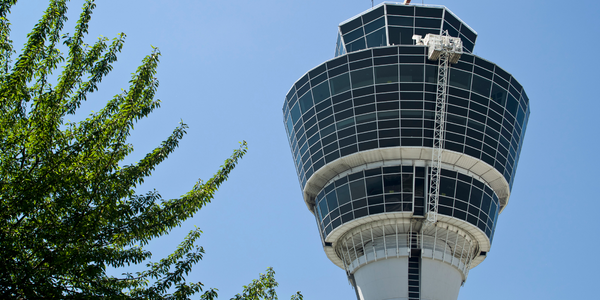
Case Study
Airport SCADA Systems Improve Service Levels
Modern airports are one of the busiest environments on Earth and rely on process automation equipment to ensure service operators achieve their KPIs. Increasingly airport SCADA systems are being used to control all aspects of the operation and associated facilities. This is because unplanned system downtime can cost dearly, both in terms of reduced revenues and the associated loss of customer satisfaction due to inevitable travel inconvenience and disruption.
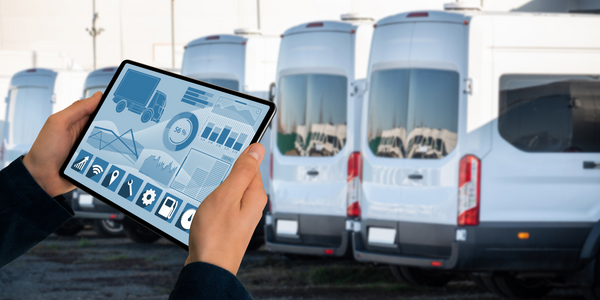
Case Study
IoT-based Fleet Intelligence Innovation
Speed to market is precious for DRVR, a rapidly growing start-up company. With a business model dependent on reliable mobile data, managers were spending their lives trying to negotiate data roaming deals with mobile network operators in different countries. And, even then, service quality was a constant concern.
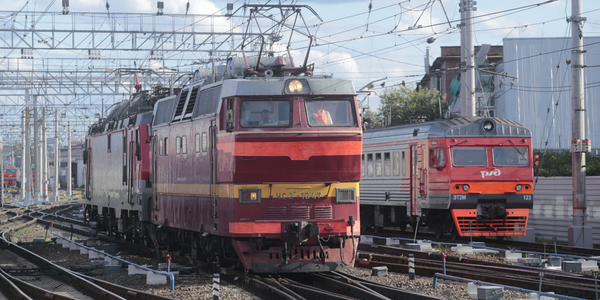
Case Study
Digitize Railway with Deutsche Bahn
To reduce maintenance costs and delay-causing failures for Deutsche Bahn. They need manual measurements by a position measurement system based on custom-made MEMS sensor clusters, which allow autonomous and continuous monitoring with wireless data transmission and long battery. They were looking for data pre-processing solution in the sensor and machine learning algorithms in the cloud so as to detect critical wear.
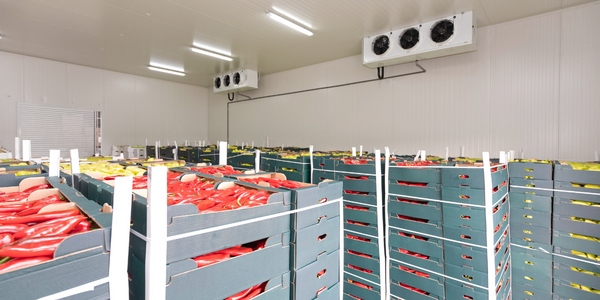
Case Study
Cold Chain Transportation and Refrigerated Fleet Management System
1) Create a digital connected transportation solution to retrofit cold chain trailers with real-time tracking and controls. 2) Prevent multi-million dollar losses due to theft or spoilage. 3) Deliver a digital chain-of-custody solution for door to door load monitoring and security. 4) Provide a trusted multi-fleet solution in a single application with granular data and access controls.
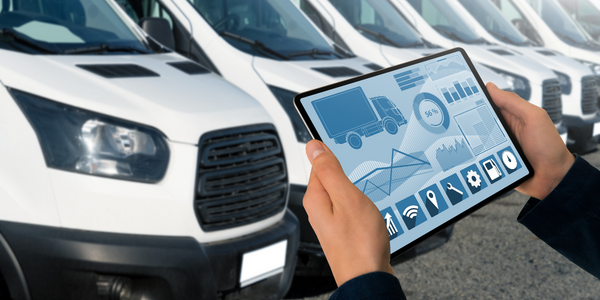
Case Study
Vehicle Fleet Analytics
Organizations frequently implement a maintenance strategy for their fleets of vehicles using a combination of time and usage based maintenance schedules. While effective as a whole, time and usage based schedules do not take into account driving patterns, environmental factors, and sensors currently deployed within the vehicle measuring crank voltage, ignition voltage, and acceleration, all of which have a significant influence on the overall health of the vehicle.In a typical fleet, a large percentage of road calls are related to electrical failure, with battery failure being a common cause. Battery failures result in unmet service agreement levels and costly re-adjustment of scheduled to provide replacement vehicles. To reduce the impact of unplanned maintenance, the transportation logistics company was interested in a trial of C3 Vehicle Fleet Analytics.




